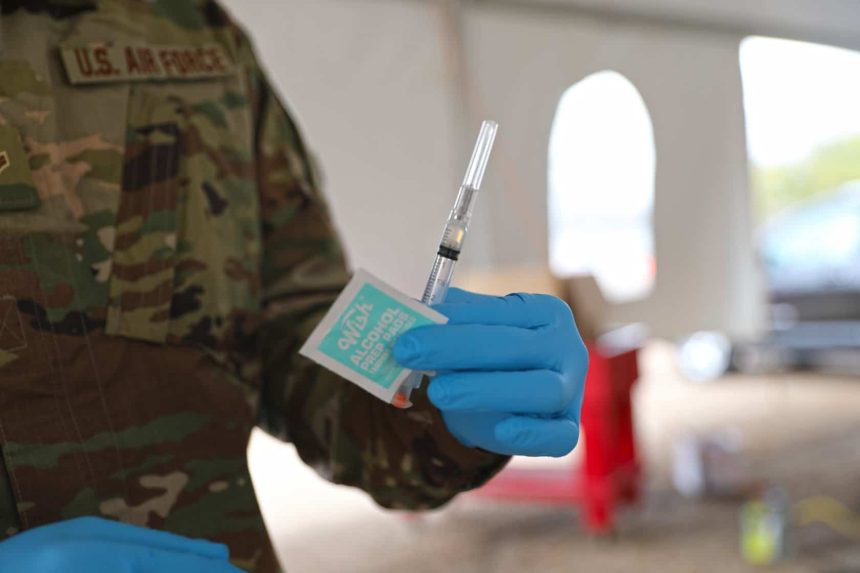Since COVID-19 vaccines became available, you have probably seen reference to mRNA. If you don’t have a medical or science degree, you probably wouldn’t know what it means. Perhaps, this will provide a little clarity.
First, mRNA is short for Messenger RNA, and that’s basically its purpose.

According to the Centers for Disease Control and Prevention (CDC), the mRNA in COVID-19 vaccines has information to teach your body how to fight the virus. The virus that causes COVID-19 has proteins, called “spike proteins,” on its surface. When you get an mRNA COVID-19 vaccine, the mRNA carries a “message” to your body that tells it how to make spike proteins. Your body’s immune system makes antibodies that help fight off the virus, so you don’t get sick.
If you are exposed to the real COVID-19 virus after being vaccinated, your body recognizes these proteins and tells your immune system to fight the virus.
When your body responds to the vaccine, it can sometimes feel like a viral infection. You may have tiredness, headache, muscle pain, chills, fever, or nausea. These are normal signs that your body is building protection. The CDC says the vaccine does not contain live virus, so it can’t give you COVID-19 and it cannot change your DNA.

Mississippi Cardiologist Dr. Clay Hays said, “When you talk about mRNA technology, it sort of fools the body into developing an immune response.”
He compared it to some of the newer cholesterol medications, “We use the same sort of research platform to develop new cholesterol medications, and so we’re familiar with this. We’re not afraid of the way vaccines are being produced.”
Hays said they feel like the vaccines are very safe. “Oftentimes we’ll have an estimation of how many people will have a problem, but the actual reality that we’re seeing in registries is a lot more than what is being forecast as being a problem. That’s just part of the research process – which is good!”
Dr. Meredith M. Travelstead, an OBGYN in Jackson, says health officials are feeling positive about pregnant women taking the vaccine after examining data from over 30,000 women. “This is the type of viral vaccine that cannot cross the placenta. The big part of the research was being able to get this little code, the mRNA, protected long enough to get it into our cells before it degrades. That’s the big thing I tell patients when they realize how rapidly it degrades.”

Travelstead said, “There’s a lot of information on the internet about how it will change your DNA, or it’s going to make you into some different form, or it’s going to pass on to your baby. It’s not going to cross that placenta, it’s not going to code for a different DNA. This is the step beyond DNA. It doesn’t go into the nucleus. Remember your biology – the DNA in the cell and the nucleus, it’s the code after that which codes for proteins, so it’s only one step further than most vaccines are in giving you that protein to have a response. This is the code which allows your body to make the proteins and it rapidly degrades.”
The CDC says, while mRNA vaccines are new, they are not unknown.
Researchers have been studying and working with mRNA vaccines for decades. Interest has grown in these vaccines because they can be developed in a lab using readily available materials. This means the process can be standardized and scaled up, making vaccine development faster than traditional methods of making vaccines.
mRNA vaccines have been studied before for flu, Zika, rabies, and cytomegalovirus (CMV). As soon as the necessary information about the virus that causes COVID-19 was available, scientists began designing the mRNA instructions for cells to build the unique spike protein into an mRNA vaccine.
Future mRNA vaccine technology may allow for one vaccine to provide protection for multiple diseases, thus decreasing the number of shots needed for protection against common vaccine-preventable diseases.
Beyond vaccines, cancer research has used mRNA to trigger the immune system to target specific cancer cells.







